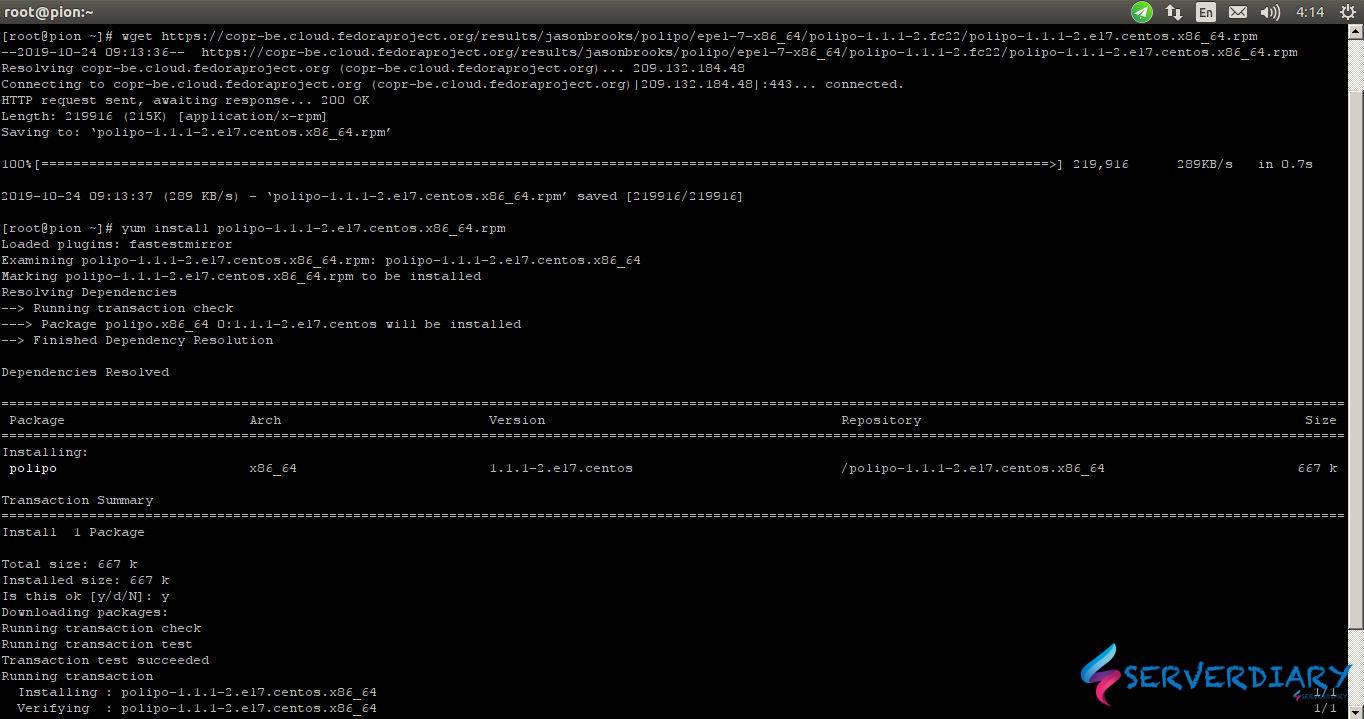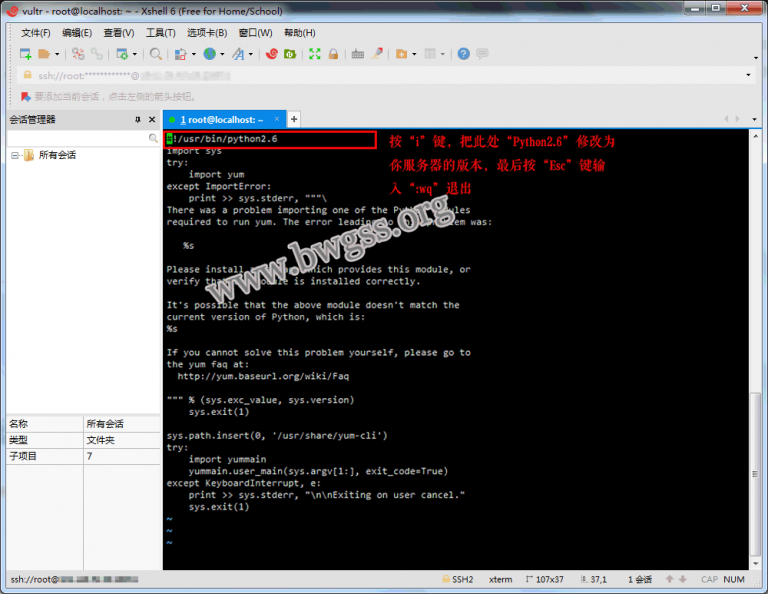

For example: 1Īs the best practice we recommend for shadowsocks-libev, it helps to isolate each user in different processes and reconfigure each user’s port/password/encryption/timeout without reload/restart the whole service. Actually you can use multiple instances instead. Sorry, we have no plan to support multi port configuration. And I also need to support the usage of multiple users. According to Madeye’s reply to the GitHub Issue, shadowsocks-libev does not support multi-port configuration: 1Ĭurrently I am using shadowsocks-libev, which is the libev port of shadowsocks. The original Python release of shadowsocks supports multiple users through configuration, by assigning different passwords on multiple ports. $ ln -sf libmbedcrypto.so.1 libmbedcrypto.so.0Ĭonfigure Multiple Users for Shadowsocks-libev Ss-local: error while loading shared libraries: libmbedcrypto.so.0: cannot open shared object file: No such file or directory Ss-server -c /etc/shadowsocks-libev/config.json Shadowsocks is an open-source encrypted proxy project, Check log: tail /var/log/maillog Clientī. Ignore mime- version content-transfer- encodingĮcho "body" | mail -s "subject" -s "subject" < test.txtġ1. Ignore received in-reply- to message- id references Smtpd_client_restrictions = permit_sasl_authenticated Smtpd_recipient_restrictions = permit_sasl_authenticated,reject_unauth_destination,permit_mynetworks Smtpd_sasl_security_options = noanonymous Readme_directory = /usr/share/doc/postfix-2.10.1/README_FILES Sample_directory = /usr/share/doc/postfix-2.10.1/samples Newaliases_path = /usr/bin/newaliases.postfix Sendmail_path = /usr/sbin/sendmail.postfix

PATH=/bin:/usr/bin:/usr/local/bin:/usr/X11R6/binĭdd $daemon_directory/$process_name $process_id & sleep 5 Unknown_local_recipient_reject_code = 550 Mydestination = $myhostname, localhost.$mydomain, localhost,$mydomain,mail.$mydomain,local_recipient_maps = Mydomain = abc.com #your domain (remove comment) Myhostname = #your mail server (remove comment) Vim /etc/postfix/main.cf queue_directory = /var/spool/postfix
CENTOS7 SHADOWSOCKS INSTALL
Install software yum -y install postfix dovecot cyrus-sasl-* mailx If you don’t already have it, you can install xz using yum. Getting around this is as simple as using the xz binary to first decompress the file, and then tar to extract it. Try `tar -help' or `tar -usage' for more information. Note that this is a capital “J” and not a lowercase “j” which would be used to specify bzip2 compression. On newer versions of tar, you can simply replace the z with a J to use the correct (de)compression library, but if you have version 1.15.1 or earlier, you’ll find that this doesn’t work either. Tar: Error exit delayed from previous errors If you try the same thing using a tar.xz file, you’ll find that it doesn’t work. Extracting them is as simple as passing xzf to tar.
CENTOS7 SHADOWSOCKS ARCHIVE
Traditionally compressed archive files are distributed on Linux systems as tar.gz files which use gzip for compression.
CENTOS7 SHADOWSOCKS HOW TO
Systemctl disable shadowsocksR & systemctl stop shadowsocksR & rm -rf /usr/lib/systemd/system/shadowsocksR.This guide will show you how to extract a tar.xz file on CentOS or RedHat, and probably other flavors of Linux as well.


 0 kommentar(er)
0 kommentar(er)
